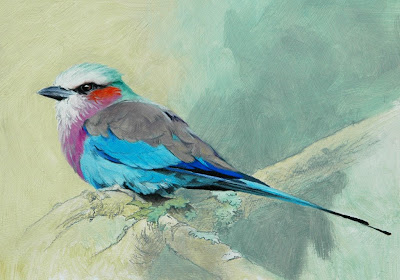 Happy 39th Earth Day! I vividly remember participating in the first Earth Day celebration on my college campus. We were all full of hope that we were going to save Mother Earth from any further destruction. In many ways, I think we have more work to do today than we did 39 years ago! Most of you have probably heard the following before, but it seems most appropriate to think about Chief Seattle's wise words again today on Earth Day!Alice
Happy 39th Earth Day! I vividly remember participating in the first Earth Day celebration on my college campus. We were all full of hope that we were going to save Mother Earth from any further destruction. In many ways, I think we have more work to do today than we did 39 years ago! Most of you have probably heard the following before, but it seems most appropriate to think about Chief Seattle's wise words again today on Earth Day!AliceYou must teach your children that the ground beneath their feet is the ashes of our grandfathers. So that they will respect the land, tell your children that the earth is rich with the lives of our kin. Teach your children what we have taught our children---that the earth is our mother. Whatever befalls the earth, befalls the sons of the earth. If men spit upon the ground, they spit upon themselves.
This we know. The earth does not belong to man; man belongs to the earth. This we know. All things are connected like the blood unites one family. All things are connected.
Whatever befalls the earth befalls the sons of the earth. Man did not weave the web of life; he is merely a strand in it. Whatever he does to the web, he does to himself....
CHIEF SEATTLE



